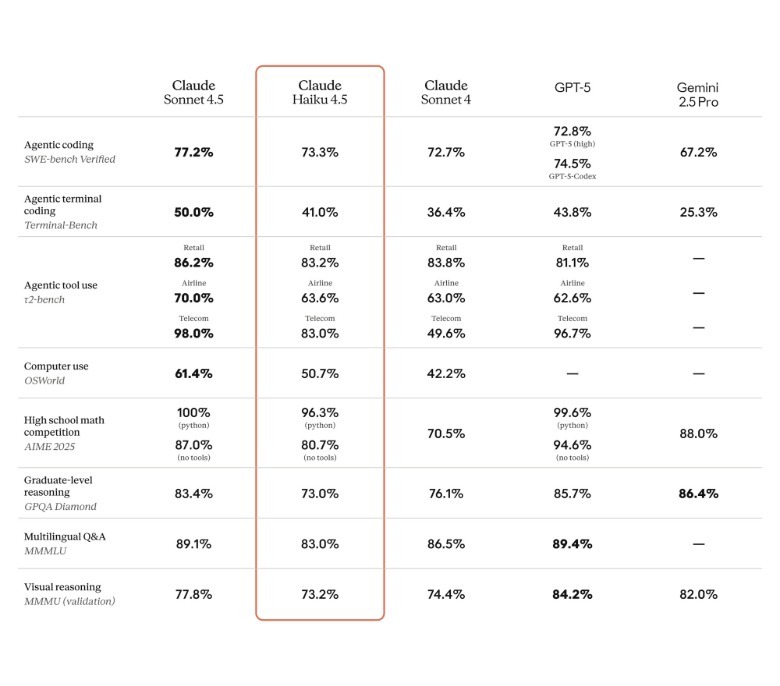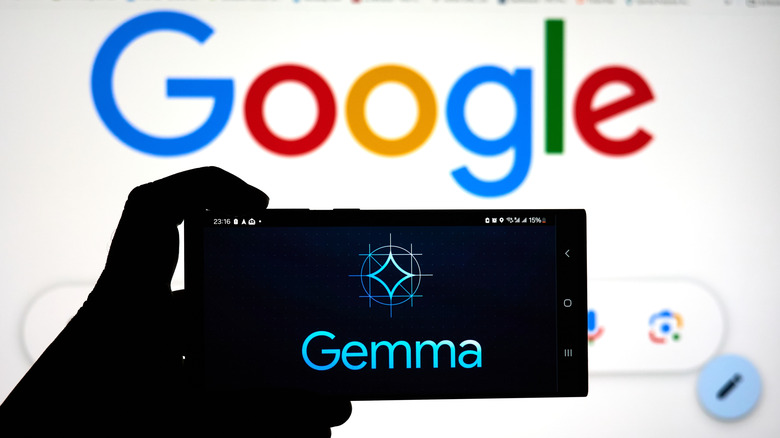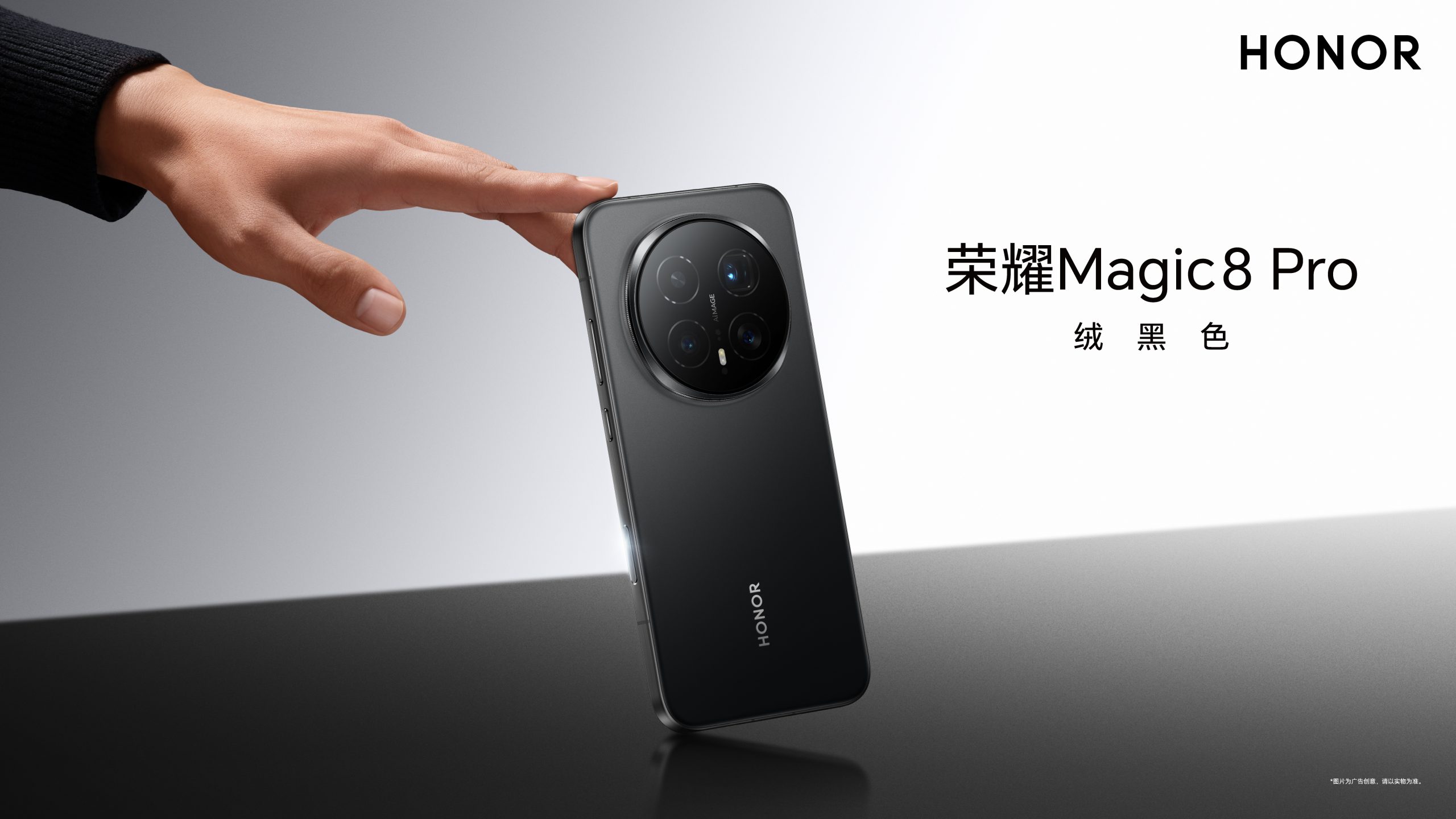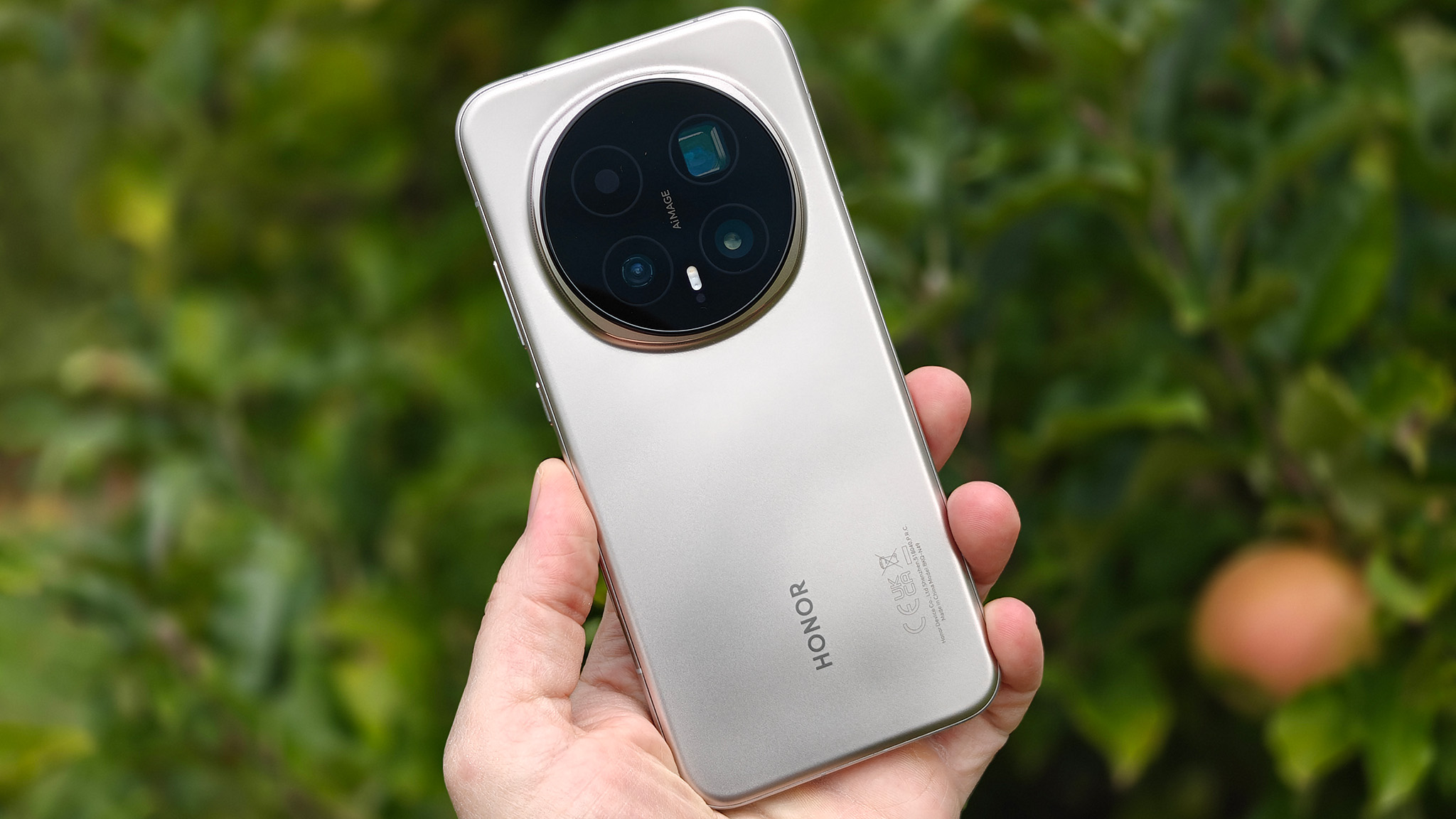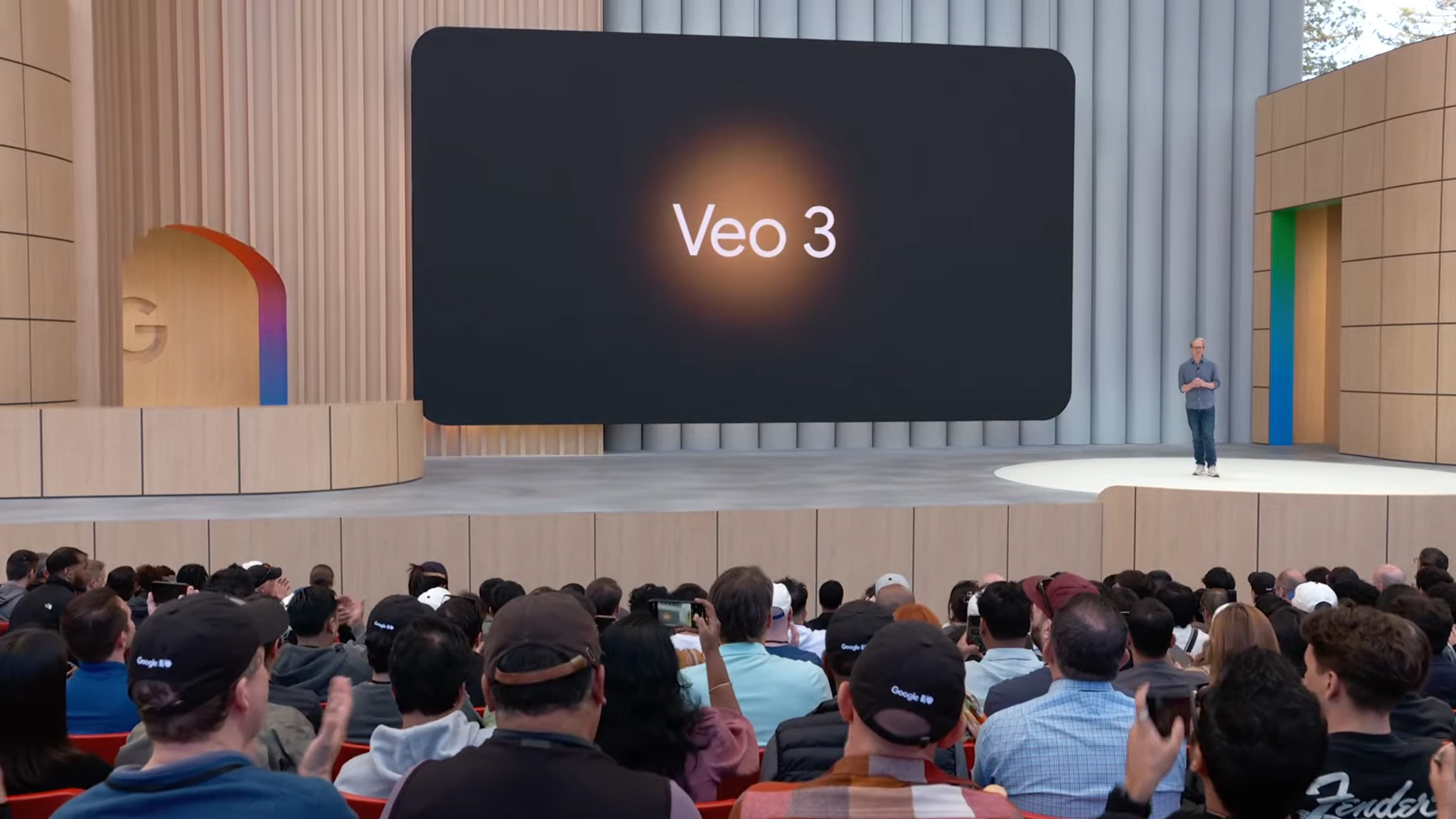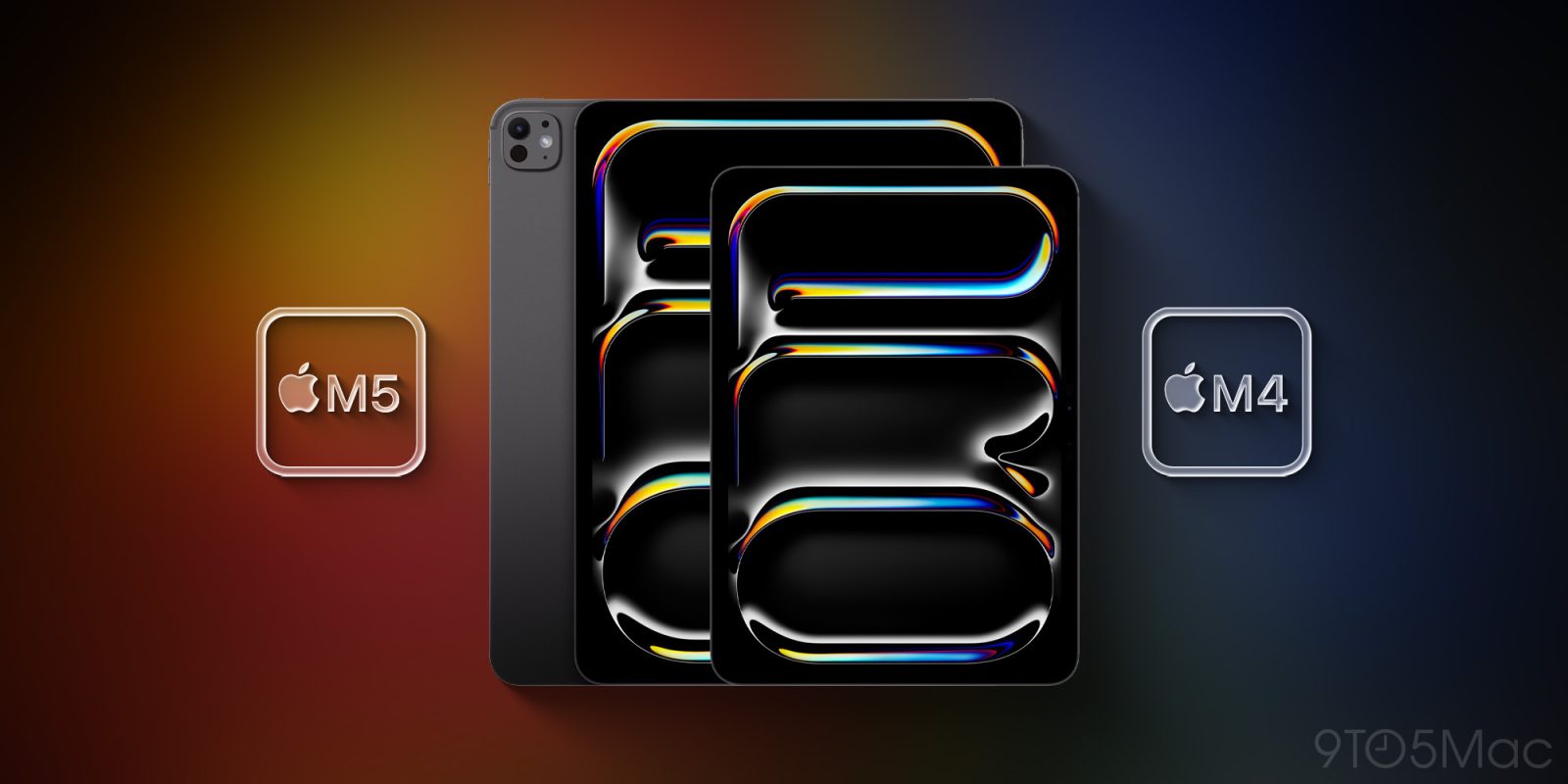# Apple M5 iPad Pro: An In-Depth Look at the Latest Features
Apple has officially introduced its new M5 iPad Pro, now available for pre-order with shipments commencing next week. With considerable enhancements compared to the earlier M4 model, prospective buyers may question whether the new features warrant an upgrade. Below is an extensive examination of what’s new in the M5 iPad Pro.
## New M5 Chip
The M5 iPad Pro is among the first devices to feature Apple’s advanced M5 chip. The most significant upgrades are in the GPU, which now boasts Neural Accelerators akin to those in the iPhone 17’s A19 chip. This upgrade enables GPU-centric AI tasks to reach performance levels up to four times higher than those of the M4 chip.
Though the CPU has also experienced speed enhancements, they are moderate, with leaked benchmarks indicating approximately a 15% boost. Depending on the chosen storage variant, the M5 iPad Pro can offer up to a 10-core CPU and 10-core GPU, while less expensive models will have one fewer performance core.
The 16-core Neural Engine has been enhanced as well, although Apple has not disclosed the precise performance improvements.
## More and Better RAM
The M5 iPad Pro presents significant advancements in unified memory, especially for entry-level variants.
– **256GB and 512GB storage editions**: 12GB of RAM (a 50% increase from the M4’s 8GB)
– **1TB and 2TB storage editions**: 16GB of RAM (equivalent to M4 models)
Apple has also enhanced memory bandwidth, claiming over 150GB/s, which represents an almost 30% increase from the previous generation. This improvement allows for superior multitasking, quicker AI model processing, and enhanced gaming experiences.
## Fast Charging Support
For the first time, the M5 iPad Pro features fast-charging capability. Users can reach up to 50% charge in just 35 minutes using the 40W Dynamic Power Adapter or any USB-C power adapter that supplies 60W or more. This capability was missing in the M4 iPad Pro and prior models.
## C1X 5G Modem
The M5 iPad Pro comes equipped with the new C1X modem, delivering up to 50% faster cellular data performance than its predecessor. This upgrade is particularly advantageous for users who heavily depend on cellular connectivity.
## Battery Life Improvements
While Apple retains the same official battery life estimates for both the M5 and M4 models—up to 10 hours of web surfing on Wi-Fi and 9 hours on cellular—the C1X modem permits up to 30% reduced power consumption for active cellular users, potentially enhancing overall battery performance.
## N1 Wireless Chip
The M5 iPad Pro includes Apple’s latest N1 wireless chip, supporting Wi-Fi 7, a substantial upgrade from the M4’s Wi-Fi 6E. The N1 chip also integrates Bluetooth 6 and Thread support, improving performance on 5GHz networks and enhancing features like Personal Hotspot and AirDrop.
## External Display Support at 120Hz
The M5 iPad Pro introduces the capability to drive external displays at rates of up to 120Hz, which is ideal for creative tasks such as video editing and gaming. It also supports Adaptive Sync, decreasing latency for a more fluid experience.
## What Isn’t New
Despite the myriad upgrades, several components of the M5 iPad Pro remain consistent with the M4 model:
– **Sizes**: The same 11-inch and 13-inch choices with identical dimensions.
– **Display**: The Ultra Retina XDR display has not changed.
– **Cameras**: The camera configurations are the same, with no new features introduced.
– **Prices**: The starting prices remain consistent, with the 11-inch model at $999 and the 13-inch at $1,299.
– **Accessories**: The Apple Pencil and Magic Keyboard accessories are unchanged.
## Conclusion
The M5 iPad Pro introduces a range of new features and enhancements, particularly in processing power, RAM, and connectivity. For current users of the M4 model, the choice to upgrade will hinge on how much they prioritize the new capabilities, especially regarding performance and efficiency. The M5 iPad Pro is ready for purchase, and those contemplating an upgrade should carefully evaluate these enhancements against their existing needs.
Read More
